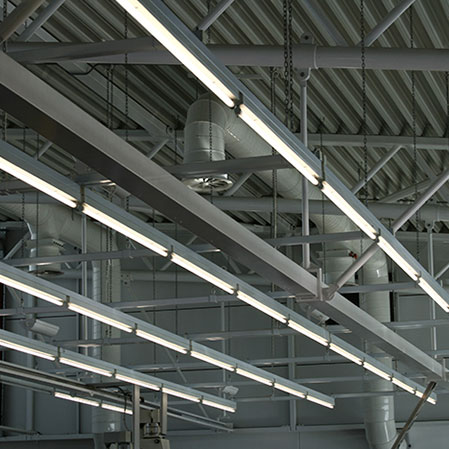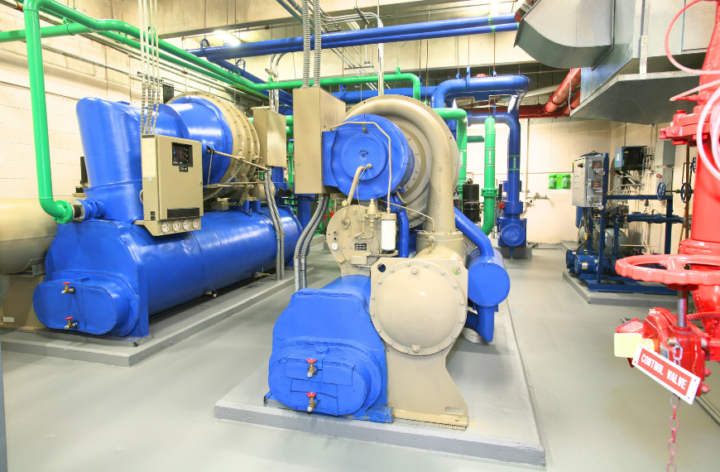Can you believe in 10-year warranties?
If you look at the state-of-the-art components in LED lighting, you’ll learn that the driver is what will typically fails first. Inexpensive drivers might fail in two or three years or even less than that depending on building conditions like voltage fluctuations or adverse conditions. While most industry standard drivers are warranted for three or five years by their manufacturers, you’ll see more and more lighting for sale that claims to have a “10-year warranty”. So how can the lighting outlast its power source? Let’s find out what the 10-year warranty really means.
3 Reasons to Be Cautious of a 10-year Warranty
1. The Fine Print: When you carefully read the actual warranty documents, the fine print lists restrictions, conditions and exclusions and a buyer can never really understand the warranty from the advertised term.
2. Limited Operating Hours: Let’s say a 5-year warranty limits operation hours to a total of 22,000 hours of usage. Let’s say the lights are operating around the clock, this is only 2 ½ years. 10-year claims limit use to 4,000 hours a year. This is less than a 5-year warranty with unrestricted hours. Then the question is, can you prove that you restricted your lights to the amount of hours covered in the audacious 10-year warranty?
3. Applies Only to the LED Fixture: The driver itself isn’t covered by the 10-year warranty, but a totally separate warranty that is only 5 years. So you’re left with the LED fixture warranty terms, which have an indefinite start date. Some begin with the date of purchase, while others begin from the date of manufacture.
Why don’t drivers last for 10 years or more?
Every driver circuit requires capacitors. The aluminum electrolytic capacitor is used everywhere in such applications because it is very effective (Figure 1). However, capacitors may have latent defects that don’t show up when the capacitors are first installed and tested. Their electrical performance will look the same but later, as the capacitor is stressed by ripple currents, overvoltage spikes, vibration, an increasing number of charge/discharge cycles and temperature swings, the capacitor will begin to break down and fail. Internal shorts may develop, the electrolyte can leak or slowly evaporate, and eventually, the driver will no longer be able to power the LED chips. Of course, a non-electrolytic capacitor can also be used, but the cost is much higher.
Why do drivers have a shorter lifespan?
Here’s a simplified explanation of how drivers age. Every driver circuit requires capacitors, however they may have defects that don’t show up when they’re first installed and tested. As the capacitor is stressed by variables like ripple currents, overvoltage spikes, vibration, etc. internal shorts may develop. Eventually, the driver will no longer be able to power LED chips due to electrolyte leak or slow evaporation.
Original article: How Can They Offer a 10 Year Warranty?









